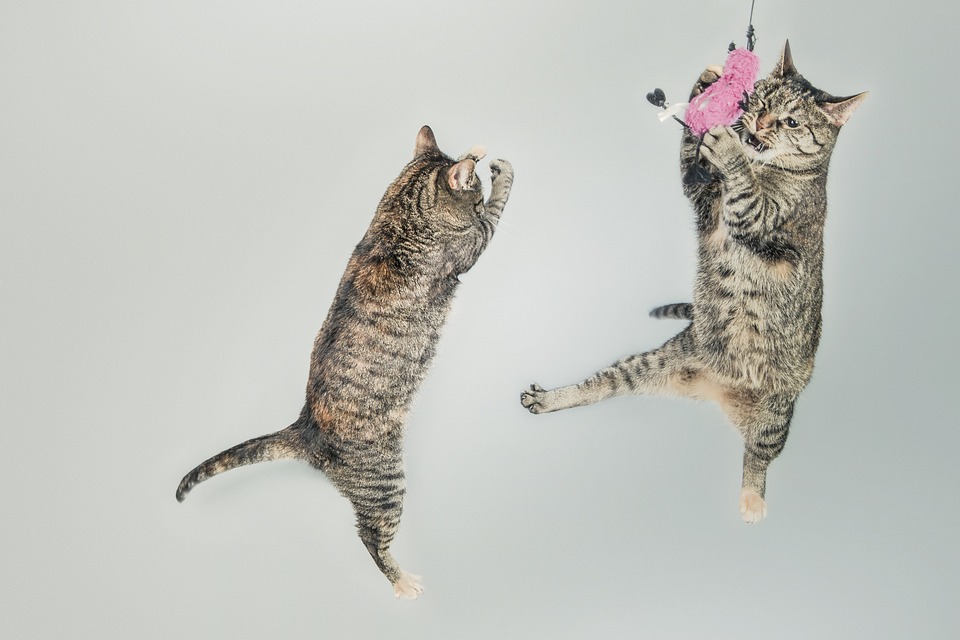*Disclaimer: This article is for informational purposes only and should not be considered as medical advice. Always consult with a healthcare professional or veterinarian for specific guidance on your individual circumstances.*
Cat fleas are not only a nuisance for our feline companions but can also impact human health. In this article, we will explore the potential risks associated with cat fleas and highlight effective prevention methods to ensure the well-being of both cats and humans.
Understanding Cat Fleas
The cat flea, scientifically known as Ctenocephalides felis, is a small, wingless insect that feeds on the blood of cats and other animals. These parasites can infest your cat’s fur and cause various health issues. However, their impact extends beyond our beloved pets, as cat fleas can also pose risks to human health.
Potential Risks to Human Health
1. Allergic Reactions: Cat fleas can trigger allergic reactions in humans. Their saliva contains proteins that can cause itching, redness, and swelling. Individuals with allergies are particularly susceptible to these reactions.
2. Dermatitis: Flea bites can lead to dermatitis in humans, resulting in itchy, inflamed skin. Excessive scratching can lead to secondary infections. Children, with their sensitive skin, are particularly vulnerable to developing dermatitis.
3. Transmission of Diseases: While rare, cat fleas have the potential to transmit certain diseases to humans. These include cat scratch disease, murine typhus, and even bubonic plague. However, it’s important to note that the risk of contracting these diseases from cat fleas is extremely low.
Prevention Methods
1. Regular Flea Control for Cats: Implement a regular flea control program for your cat to prevent infestations. Consult with your veterinarian to determine the most suitable products, such as topical treatments or oral medications, to keep your cat protected.
2. Frequent Cleaning and Vacuuming: Regularly clean your home and vacuum areas where your cat spends time. This helps remove fleas and their eggs from your living environment, reducing the risk of infestation.
3. Wash Bedding and Upholstery: Launder your cat’s bedding, blankets, and any other fabric materials they come into contact with. This helps eliminate fleas, larvae, and eggs that may be hidden in these items.
4. Maintain a Tidy Yard: Fleas thrive in shady, moist environments, so it’s crucial to keep your yard well-maintained. Trim grass, remove leaf litter, and discourage the presence of stray animals in your outdoor space to minimize the risk of flea infestations.
FAQs about Cat Fleas and Human Health
Q1: Can I get fleas from my cat?
A: While it is possible for fleas to jump from your cat to you, humans are not their preferred hosts. However, it’s essential to take preventive measures to avoid potential risks.
Q2: Can I treat flea bites on humans with the same products used for cats?
A: It is not recommended to use cat flea treatments on humans. Instead, consult a healthcare professional for appropriate treatments to alleviate symptoms and prevent infections.
Q3: Are there natural remedies to prevent fleas from infesting my cat?
A: While some natural remedies may have limited effectiveness, it’s best to consult your veterinarian for safe and reliable flea prevention options tailored to your cat’s specific needs.
Conclusion
Cat fleas can pose potential risks to both cats and humans. By implementing preventive measures such as regular flea control for cats, frequent cleaning, and maintaining a tidy living environment, you can minimize the chances of flea infestations and protect the health of your furry companions and your family. Stay vigilant, and consult your veterinarian for guidance on the best practices to keep your cat flea-free and your household safe.








